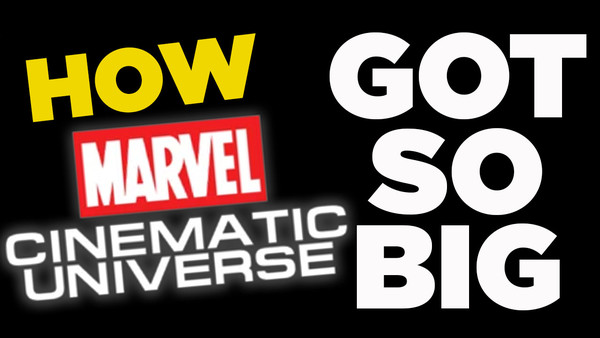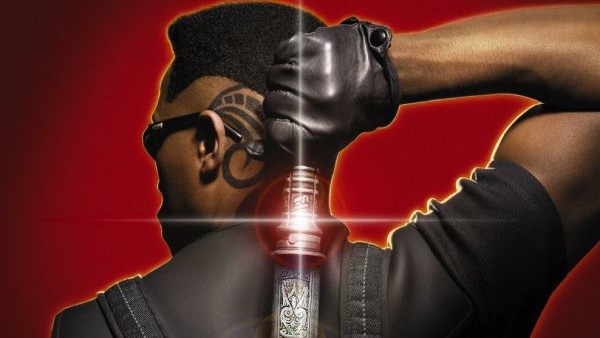How The MCU Got So BIG
How did the highest-grossing film franchise of all time find its success?

"There was an idea... The idea was to bring together a group of remarkable people, see if they could become something more."
The Marvel Cinematic Universe has dominated 21st Century cinema, spawning 23 films over 11 years and raking in $22 billion in the worldwide box office. And that’s not counting the multitude of videogames, comics, and television spin-offs that have strengthened the MCU’s status.
It’s easy to harp on about Marvel’s accolades, adoring fanbase, and financial success, yet Marvel’s history hasn’t always been so peachy. In fact, the MCU’s creation was an unlikely rags-to-riches tale. In the early years, one misstep would have spelt the MCU’s end, and no one thought 2008’s Iron Man would birth a cinematic behemoth worth billions.
But with Iron Man’s success, Marvel could slowly outgrow its competitors to become the highest-grossing film franchise of all time. However, Marvel’s superiors (and the Disney overlords above them) didn’t stumble onto cinematic success by dumb luck. Okay, quite a bit of luck was involved.
Still, the vast risks taken and very meticulous planning sure helped establish the MCU as one of the most gripping, tightly bound cinematic stories of all time.
These dicey creative and business choices hold vital clues to how the MCU got so big. But to understand them, we have to go back to the very start – before Marvel Studios even existed...
9. Filing For Bankruptcy

Marvel wasn’t feeling so good in the 1990s. The comic industry had slumped, and Marvel was draining money. While Avi Arad headed Marvel Films, the company mainly made animated series, licensed characters to other companies, and made money off toy sales.
In August 1996, Marvel needed a
financial shake-up, and Marvel Films incorporated into Marvel Studios. This
didn’t stop Marvel from filing for bankruptcy just a few months later.
Marvel sold character cinematic rights to keep themselves afloat, including Blade, X-Men, Fantastic Four, and Spider-Man. However, these licensing deals only helped Marvel in the short-term.
While 1998’s Blade made over $70 million in the US, Marvel only received $25,000. X-Men was also a huge hit, making almost $300 million worldwide, but thanks to a flat-fee negotiation, Marvel got zilch.
Entering the new millennium, Marvel knew they had to do something drastic to keep the lights on.
And that’s when David Maisel, a corporate advisory agent, pitched a strange idea to Arad and Marvel CEO Issac Perlmutter: why don’t Marvel self-finance and self-produce their own movies, keeping 100% of the profit?
It was a solid idea, but Marvel had no cash to implement it. In a bold move, Marvel took out a loan of $525 million from the Merrill Lynch bank to make a maximum of ten films. The catch? If Marvel failed, they would lose the rights to ten of their intellectual properties, including Ant-Man, Black Panther, and The Avengers.
Here was Marvel’s challenge: make a smash-hit debut film, or lose everything. So, which character would Marvel choose to lead their charge on the superhero movie market?